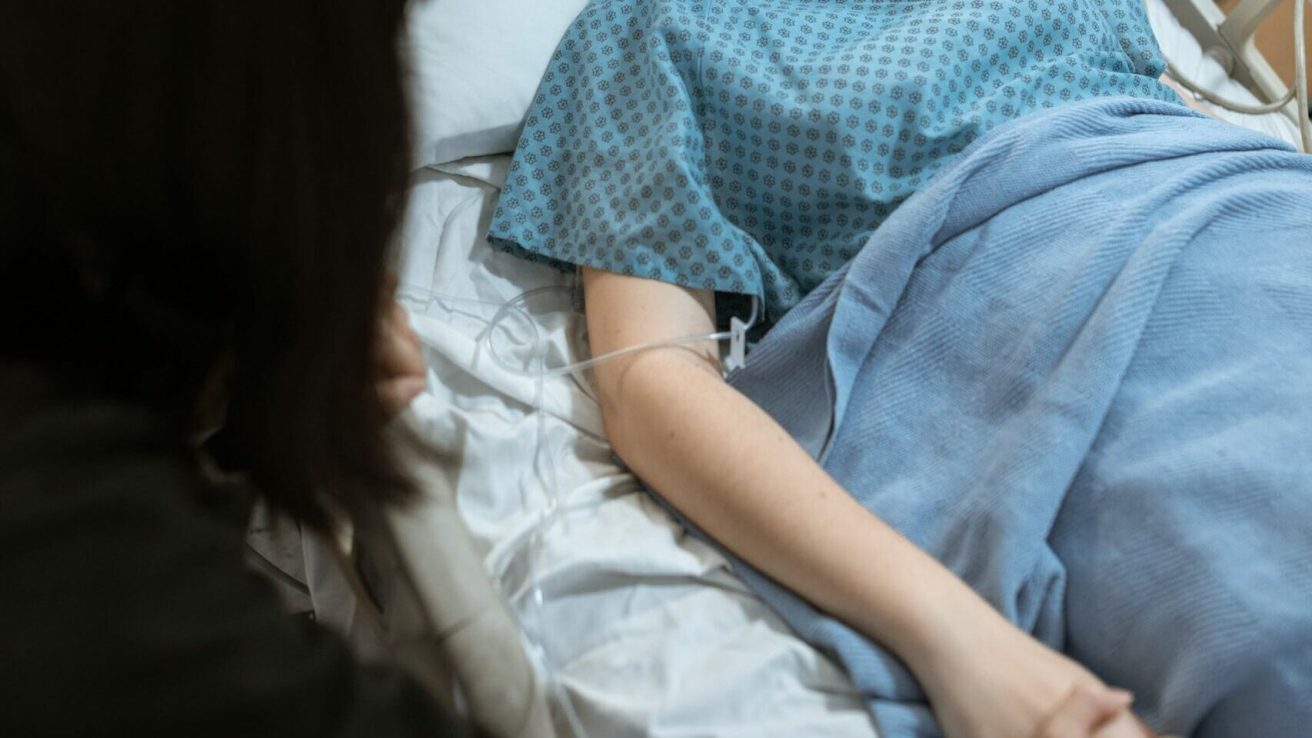The combination of venetoclax and selinexor alongside chemotherapy was well-tolerated in patients with relapsed or refractory acute myeloid leukemia in a recent data analysis of a phase 1 study.
Children and adolescents/young adults with relapsed or refractory acute myeloid leukemia (R/R AML) continue to have poor survival rates. In children with R/R AML, prior clinical trials have demonstrated the safety and effectiveness of combining chemotherapy with the BCL2 inhibitor venetoclax and the selective nuclear export inhibitor selinexor. However, even with these developments, some patients remain unresponsive to these combinations.
Preclinical evidence points to a possible synergistic interaction between venetoclax and selinexor, with selinexor possibly overcoming venetoclax resistance. This study aimed to evaluate the toxicity profile and preliminary activity of venetoclax and selinexor with chemotherapy (fludarabine, arabinofuranosyl cytidine, and granulocyte colony-stimulating factor (FLAG)) and report results from the dose escalation phase of the SELCLAX clinical trial.
Study Protocol
Fifteen patients (aged 3–17 years) were enrolled. In dose level 1 (DL1), patients received venetoclax at 360 mg/m2 per dose (max 600 mg) on days 1–21 in combination with selinexor at 40 mg/m2 on days 1, 8, and 15. For dose level 2 (DL2), venetoclax was dosed as in DL1, and selinexor was dosed at 40 mg/m2 and twice weekly on days 1, 3, 8, 10, 15, and 17.
High-Risk Cytomolecular Features
Almost all of the patients had high-risk cytomolecular features, such as lysine methyltransferase (KMT)2A-rearranged (n=5), nucleoporin (NUP)98-rearranged (n=5), -7/del(7) (n=3), or the oncofusion protein FUS::ERG (n=1).
Complications and Dose-Limiting Toxicity Incidences in Dose Levels 1 and 2
A history of anorexia, mucositis, and poor dentition confounded the one dose-limiting toxicity (DLT) (grade 3 anorexia) that DL1 recorded. One patient at DL2 experienced a hematologic DLT, meaning that their platelet and neutrophil levels were not restored. None of the five other patients in DL2 experienced a DLT, and no significant adverse events were reported.
Treatment Responses and Outcomes
It was observed that 41.7% of patients eligible for evaluation had a complete response or a complete response with incomplete count recovery. A patient at DL2 was deemed unsuitable for DLT evaluation. Following protocol therapy, six patients underwent hematopoietic cell transplantation; five of them are still living.
Source:
Zarnegar-Lumley, S. (2023, December 9). Preliminary Safety and Efficacy of Venetoclax and Selinexor in Combination with Chemotherapy in Pediatric and Young Adult Patients with Relapsed or Refractory Acute Myeloid Leukemia: Selclax. https://ash.confex.com/ash/2023/webprogram/Paper174342.html






